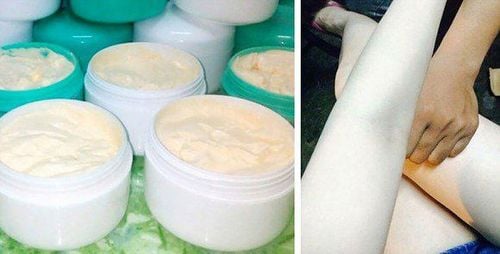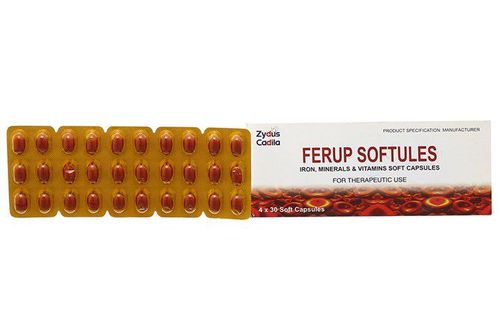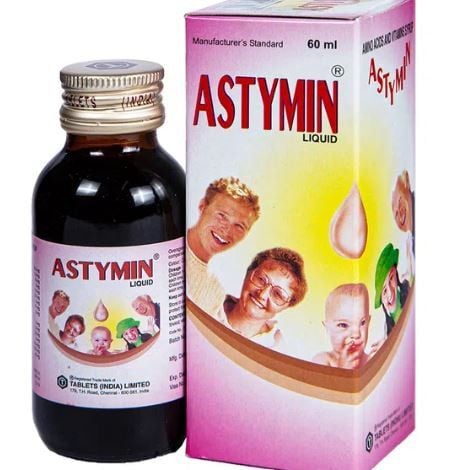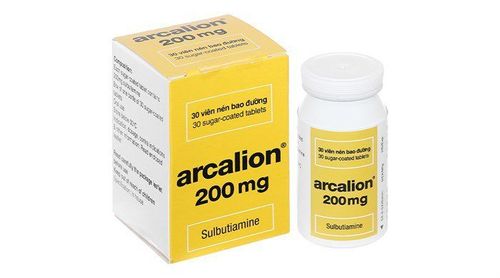Due to its ability to create adhesion and smoothness for the skin, lead has been added to the ingredients of cosmetics. However, these temporary benefits can lead to long-term consequences.
1. What is lead in cosmetics?
Lead is a heavy metal that is harmful to human health. So why is lead present in cosmetics? With its ability to increase immediate adhesion and smooth the skin, this substance is applied in most cosmetics.
In fact, all lipsticks contain lead. Many studies show that this toxic metal is present in lipsticks more than people usually think to increase adhesion. The more lead in the lipstick, the longer it adheres.
In December 2016, the FDA issued draft guidelines for the industry regarding lead as an impurity in cosmetic products for lips, such as lipsticks, and other cosmetics like eyeshadows, blushes, powders, shampoos, and body lotions. Over 99% of surveyed cosmetics contained less than 10 ppm of lead.
2. What are the harmful effects of lead in cosmetics?
Currently, most lead content in cosmetics exceeds the permissible level many times, such as makeup powder, primers, foundations, lipsticks...
The harmful effects of lead in cosmetics are not immediately visible. After accumulating in the body over time, this substance causes various health issues. Initially, lead in cosmetics helps users achieve bright, noticeable skin tones. However, after discontinuing use for a while, the skin becomes dark, freckled, with enlarged pores, melasma, early aging...
In many cases, users will experience symptoms such as headaches, weight loss, insomnia, and fatigue...
Additionally, lead in cosmetics poses several health risks, including:
- Poisoning the nervous system, leading to cognitive, language, and behavioral impairments.
- Reducing fertility in both men and women.
- Hormonal changes and irregular menstruation.
- Delayed puberty in girls and testicular development in boys.
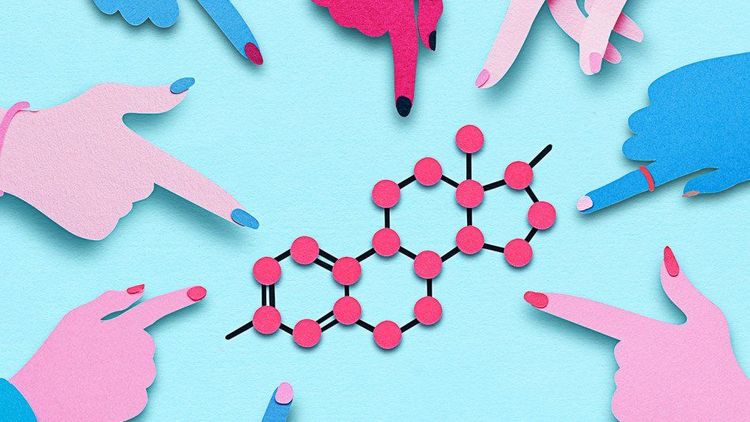
3. How to detect lead in cosmetics
According to experts, you can detect the lead content in cosmetics using water. This is because skin and water molecules share many similarities. Here's how to test:
- Take a small amount of the cosmetic you're using, crush or grind it into powder, and place it in a cup of water.
- Stir well for about 20 seconds.
- Observe the phenomenon that occurs.
- If the powder or cream adheres to the sides of the cup, it means the cosmetic contains mineral oil components. Prolonged use can increase the risk of early aging.
- If the powder or cream settles at the bottom of the cup, it indicates the presence of heavy metals.
- If the powder or cream dissolves in water, you can rest assured that it is safe to use.
In summary, to avoid the consequences of lead, consumers should be cautious when choosing cosmetics. Lead is not listed on the ingredient label but is found in many lipsticks from low-end to high-end brands. Also, limit reapplying lipstick multiple times a day. Additionally, keep lipsticks and cosmetics away from children, as they are more susceptible to the effects of lead.
For more beauty and health care knowledge, customers can refer to the Vinmec International General Hospital website. All information is continuously updated by experts and doctors.
Reference source: fda.gov - safecosmetics.org
To arrange an appointment, please call HOTLINE or make your reservation directly HERE. You may also download the MyVinmec app to schedule appointments faster and manage your reservations more conveniently.
